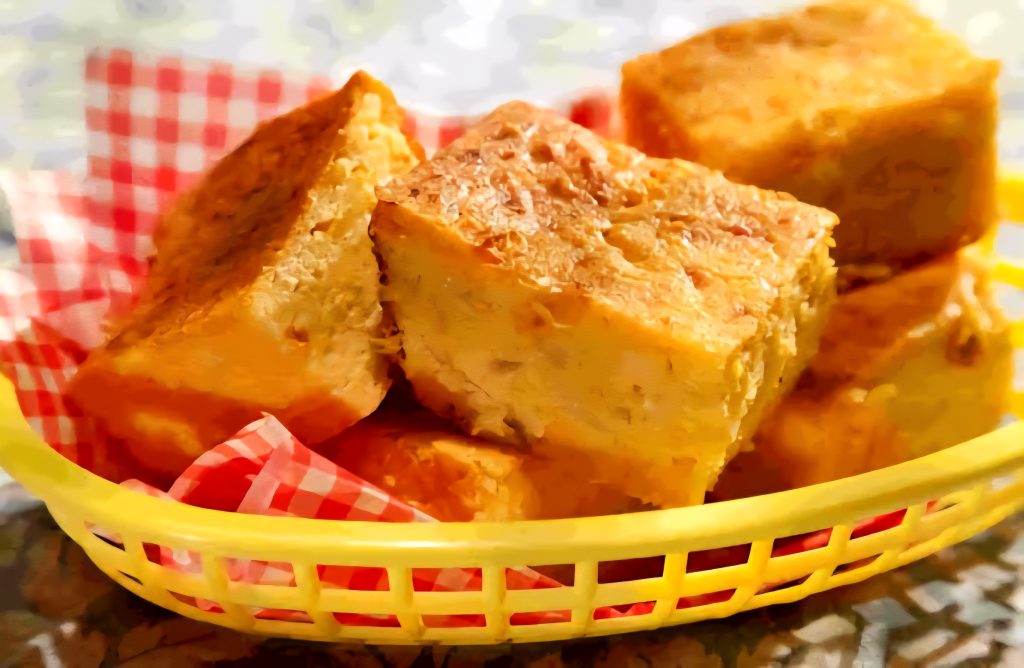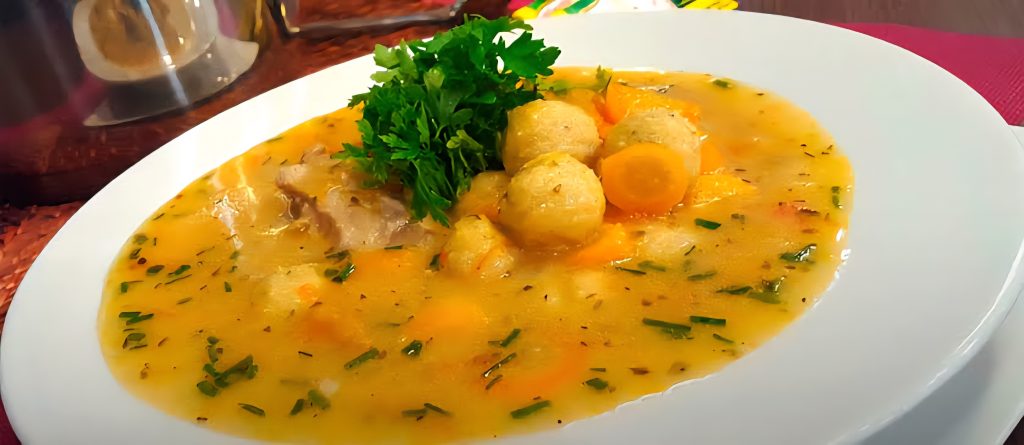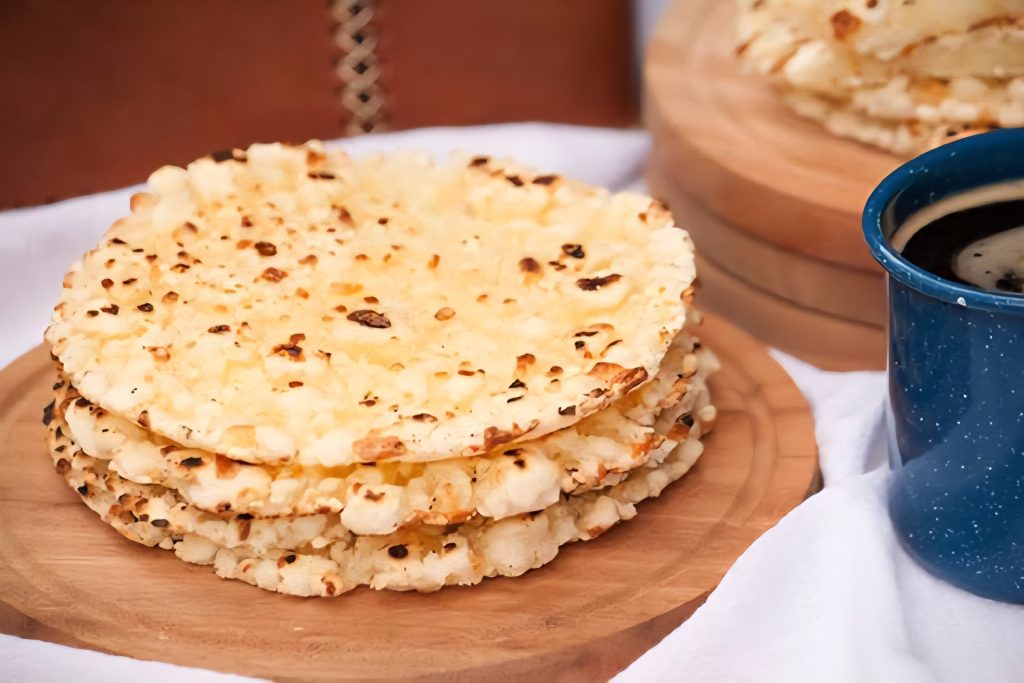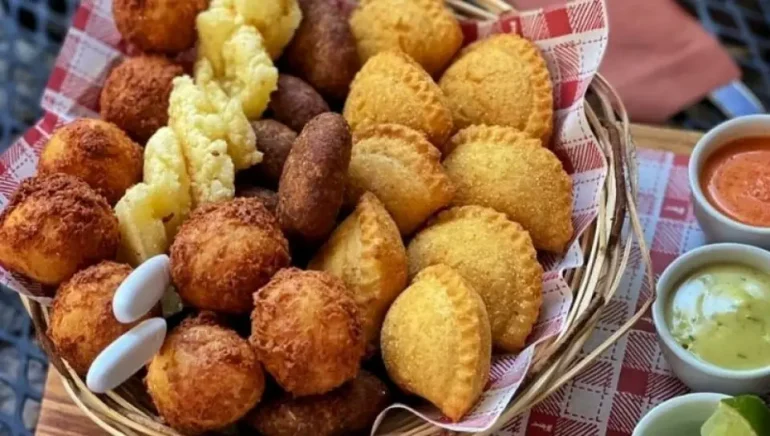Paraguay’s traditional dishes are far more than mere sustenance; they are memory, identity, and resilience served on a plate. Rooted in Guaraní culture and later shaped by Spanish colonisation, the country’s cuisine narrates a story of simplicity transformed into richness and depth.
At the heart of these traditional dishes lie two essential ingredients: maize and cassava (mandioca), which have nourished generations and defined the nation’s flavour identity.
From sacred soil to shared tables
Long before the Spanish arrived in the 16th century, the Guaraní people cultivated maize as a sacred crop. When colonial ingredients such as cheese, milk, and meat were introduced, the outcome was not a substitution but a fusion. Over time, this meeting of cultures shaped a cuisine that remains both humble and unique.
Today, traditional dishes made with maize and cassava are enjoyed throughout the country, especially during holidays such as Semana Santa (Holy Week) and San Juan Ára (Saint John’s Day), celebrated every June 24. These occasions bring families and communities together around open fires or traditional clay ovens known in Guaraní as tatakuá, where the scent of roasting maize and buttery cassava fills the air.
The classics: A glimpse into the kitchen
Sopa Paraguaya: Despite its name, this is not a soup but a dense, moist cornbread made from maize flour, eggs, fresh cheese, onions, and curdled milk. It is an essential dish at gatherings and barbecues.
Chipa Guasu: A soft, savoury cake of fresh maize, eggs, onions, and cheese, typically baked in a tatakuá. It offers a balanced flavour profile between sweet and salty.
Cassava (Mandioca): Served boiled, cassava is a near-constant presence on Paraguayan tables. It often replaces bread and complements both daily meals and festive plates. It is frequently enjoyed alongside empanadas or asaditos (small barbecue skewers).
Chipa: A circular bread made from cassava starch, cheese, butter, milk, and eggs. Often eaten with mate cocido, it comes in several variations, such as chipa avatí (with maize), chipa mestiza (with maize and starch), and chipa so’o, which includes minced meat and is made with cornstarch.
Mbeju: A flat, crisp cake of cassava starch, cheese, pork fat, and milk. It is commonly enjoyed at breakfast or with hot drinks such as mate, cocido, or coffee.
Vori-Vori: A comforting soup featuring small cheese-filled maize flour balls, often served with chicken. Also named as the best soup in the world by culinary guide Taste Atlas.
Pastel Mandi’o: Empanadas made from mashed cassava dough and maize flour, filled with seasoned meat, hard-boiled eggs, and parsley.
Pajagua Mascada: A fried patty made from mashed cassava mixed with shredded beef, onions, and peppers. Golden and crisp, it is a comforting staple.
Mbaipy: A thick porridge of maize flour, onion, cheese, and milk. It can be savoury with meat or sweetened with dark honey and citrus zest.
Ka’i Ku’a: A soft, steamed dish made with maize, butter, and cheese, wrapped in corn husks like a tamal.
Mazamorra Paraguaya: A traditional dessert made with locro maize cooked in alkaline-treated water and served with cane syrup, milk, or sugar.
Almost all of them are dishes and drinks you must try during winter in Paraguay.



Beyond food: A metaphor for identity
The strength of Paraguay’s traditional dishes lies in their simplicity and cultural roots. With a handful of ingredients, entire generations have crafted meals that are nourishing, practical, and meaningful. Cassava, in particular, is more than a staple, it is a symbol of national pride and survival.
Often found in home gardens, cassava has fed families during both prosperity and hardship, especially in the aftermath of the War of the Triple Alliance. This cultural significance is reflected in the popular saying, “más paraguayo que la mandioca” (“more Paraguayan than cassava”).
Whether in flour, starch, or whole root form, cassava, alongside maize, forms the foundation of traditional Paraguayan dishes, representing a cuisine that celebrates resilience, identity, and honouring one’s heritage.
A living legacy of traditional dishes
These dishes are not relics of the past. They remain central to Paraguayan life today. Every bite is a reminder of the Guaraní people’s harmony with the land, the colonial era’s adaptations, and Paraguay’s lasting connection to its roots.
Moreover, this culinary heritage provides vital income to many families, who have for generations prepared and sold traditional foods, especially chipa, which is available from street vendors on almost every corner in Paraguayan cities.
This vibrant food culture enables Paraguayans to experience a taste of their identity any time, blending heritage, flavour, and sustenance into every dish.


